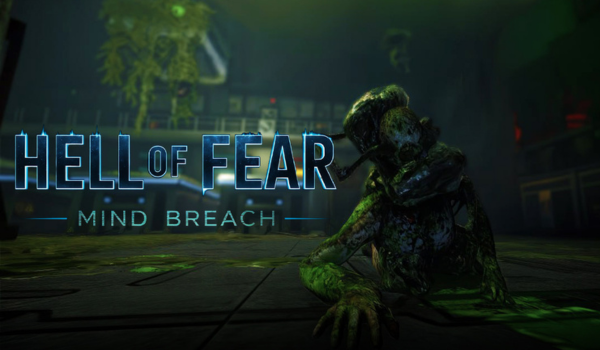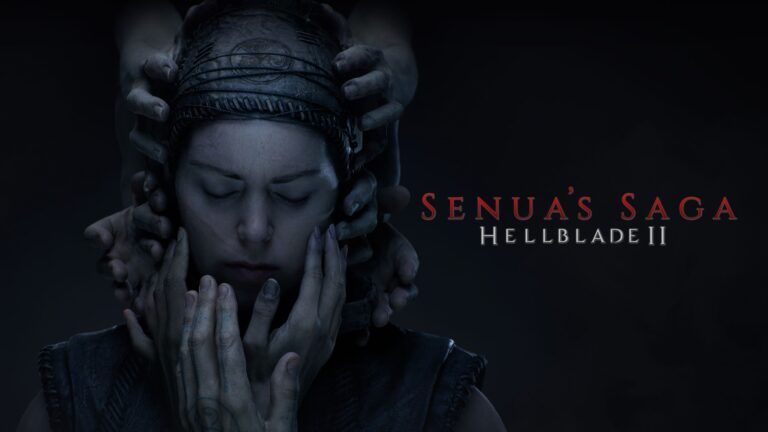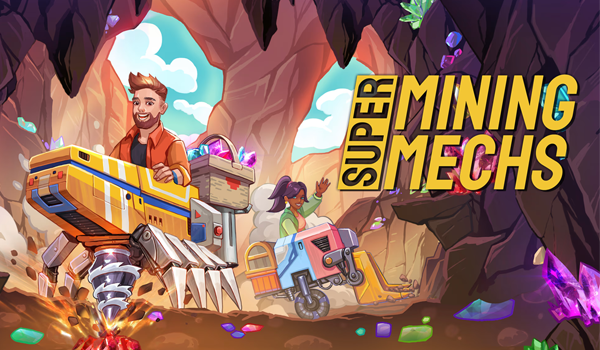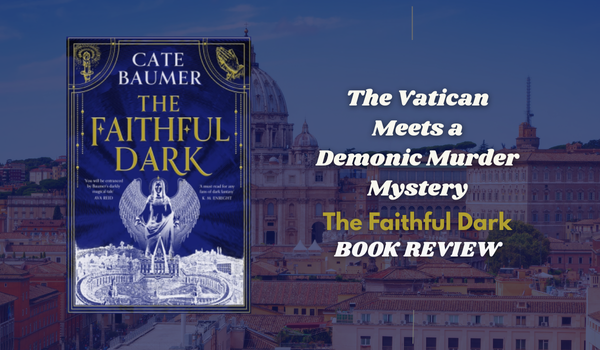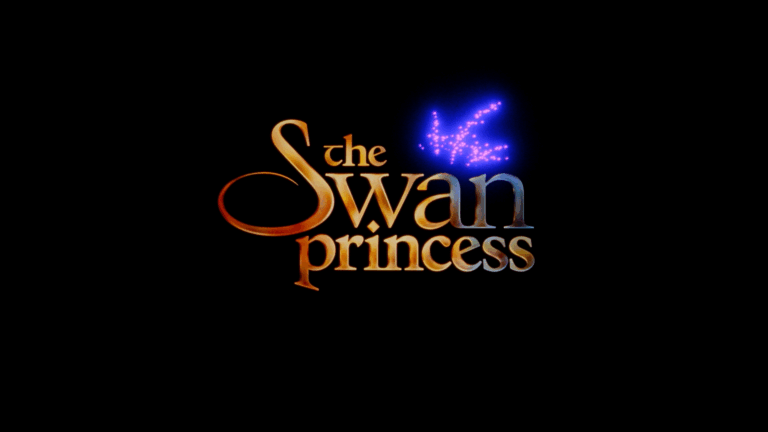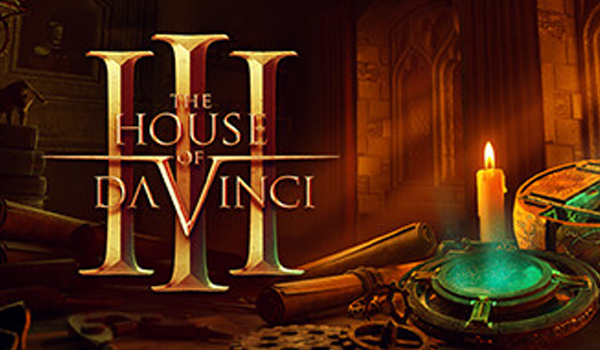
Escape to the past, solve intricate puzzles and uncover the mystery in The House of Da Vinci 3, a 3D puzzle game from Blue Brain Games.
You play as Giacomo, assistant to the great Leonardo Da Vinci himself, as they use science, logic and magic to uncover the terrible conspiracy reaching deep into the heart of the Vatican. Set in Renaissance Italy, The House of Da Vinci 3 incorporates history with fantasy to create a thrilling, immersive, tactile experience.

This is my first introduction to The House of Da Vinci series, but it seems this is the final leg of Giacomo’s journey. The story seemingly follows on from the previous entry, as we are thrown straight into the heart of the action as Giacomo escapes from soldiers.
Beginning in a tomb or catacomb of some kind, you have only your wits and a keen eye to save you. Your view has a fixed perspective within a 3D landscape, but you can move this to progress into a new view or to inspect locations more thoroughly. In this regard, The House of Da Vinci is for the most part a point-and-click adventure, with the 3D build lending itself nicely to the puzzles that can often be hidden among the landscapes.
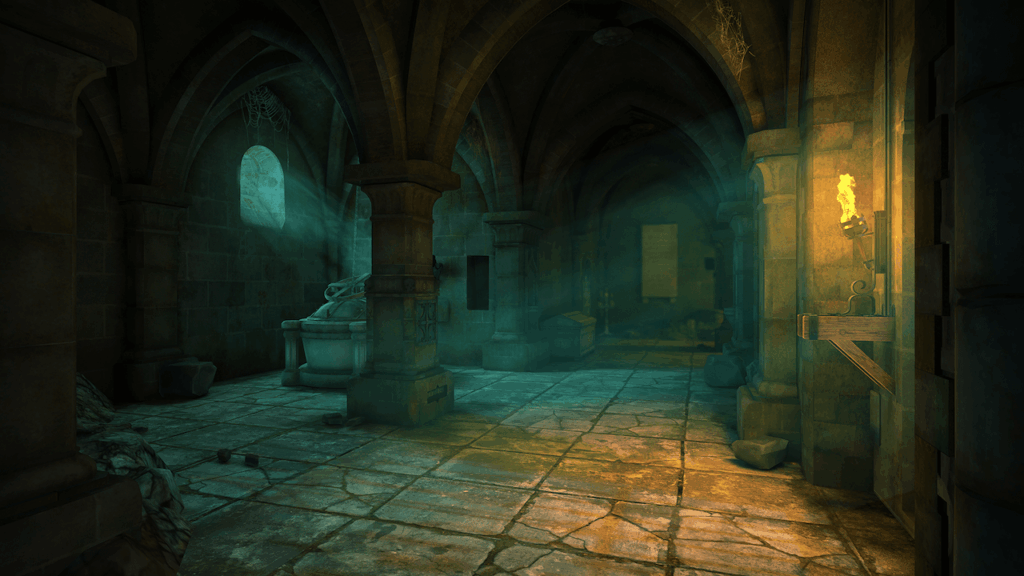
In the first level alone you’re introduced to a wide range of interaction mechanics. You use pieces of metal to finish tracks, turn levers to activate pulled systems and push things over to reach their top, to name just a few. Then, when you have solved the puzzles and have progressed a little further, you are introduced to the Oculus Perpetua.
The Oculus Perpetua is a magical device which allows you to step into the past. Using this, Giacomo can pick objects from the past to use in the present; he can set off chain reactions which change the future; use it to uncover secrets; and if everything goes to plan, use it to save the world.
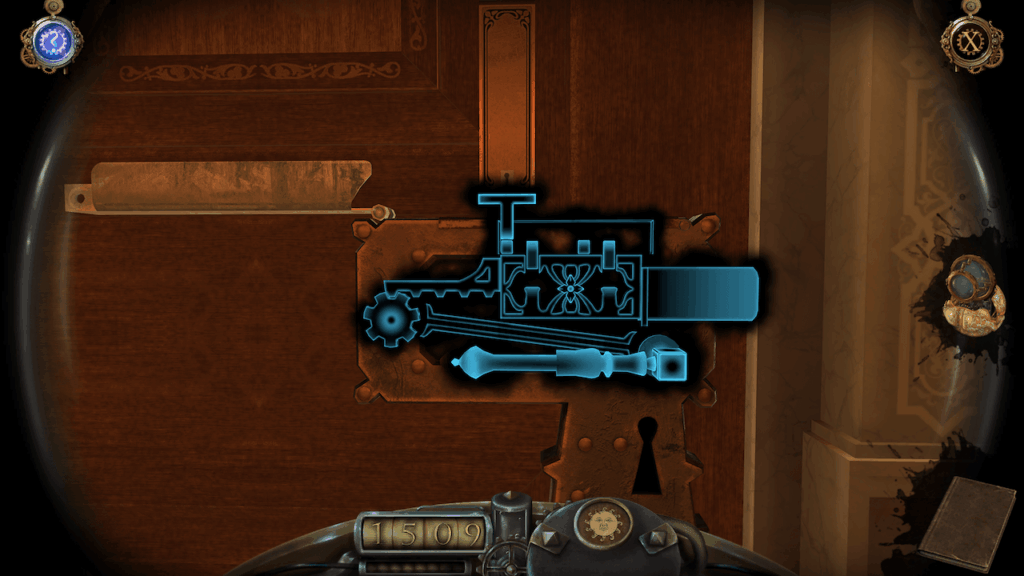
I won’t go too deeply into the puzzle-solving mechanics because the discovery is part of the fun, but they were really interesting. The mix of number puzzles and mini-games among the “put that object here to unlock that thing there” gameplay loop kept me on my toes. There were a few moments of “Oh my gosh how did I miss that?” and a few times I was supposed to use the Oculus Perpetua and forgot it was a thing, but everything was quite logical. There’s no “Moon Logic” to swindle you into over-thinking and the hint system has several levels ranging from gentle nudges to “here is the thing, now go.”
I really appreciated the hint system. I was stubborn and tried not to use it unless I truly was pulling my hair out, but looking at them on later playthroughs, they didn’t spoil the whole puzzle unless you unlocked them all. Even then, I felt like there were elements hidden from the player to keep the surprise and magic.
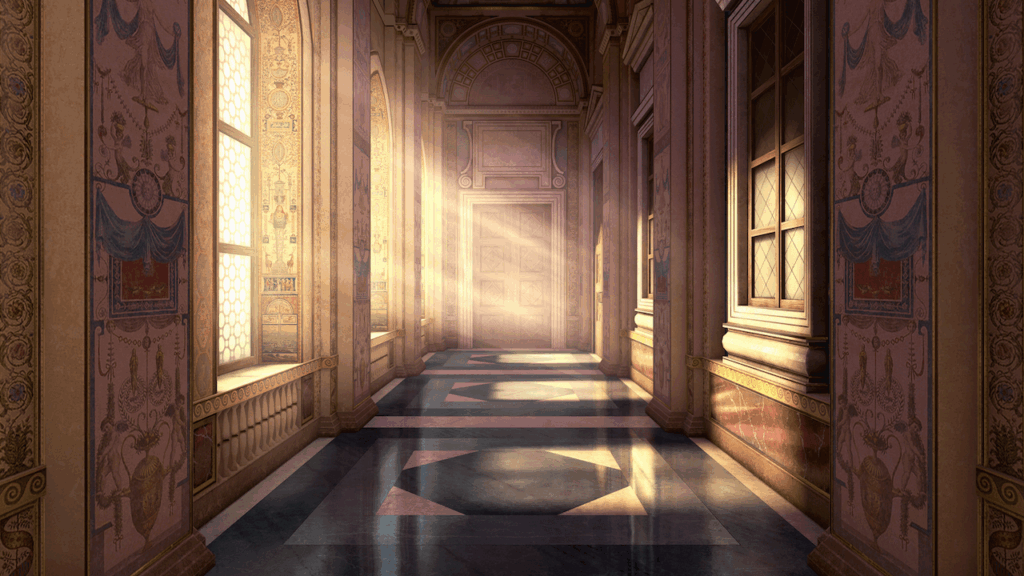
The controls were pretty fluent on PlayStation, using the joysticks to look around and move the cursor, and the face buttons to interact and move. I imagine the controls on the mobile versions rely on touch controls which would add a layer to the immersion. On console, the interactions are pretty accurate and moved as I expected them. Some wide circle movements didn’t work as fluently as the rest, but it would only take a few tries for me to get it right.
This is accompanied by Giacomo’s sketchbook where he keeps track of his progress. I loved the design of the journal and the black ink sketches. Although seemingly ambiguous, these sketches often hold clues you may have otherwise overlooked and built on the experience. It was nice being able to leaf through them to look back and see where I have been, looking for clues.
Each area has a distinct theme compared to the last as the story takes us through dungeons, taverns and magical alchemy rooms. The sound design is ambient and unintrusive but adds to the immersion as your concentration hones in on your latest puzzle.

Another pleasant surprise was the introduction of the main characters of the game, naturally including Mr Da Vavinci and a small cast of monks and rascals. They are fully voice-acted and the decision to go with a more realistic design really works to their advantage in setting the scene. It does however make it harder to hide some animation and lip sync weakness, but there was nothing too egregious. The voice acting is also pretty decent.
I’ve not been so engrossed in a puzzle game for a very, very long time. The House of Davinci 3 can build some serious tension despite the lack of actual time limits and was able to draw me in and keep me there for the duration. I’ll admit, I don’t think I quite knew what I was doing through half of the puzzles, but being able to press buttons and turn levers to initiate the next stage of the puzzle sure made me feel like I was a great explorer uncovering the mysteries of the world.
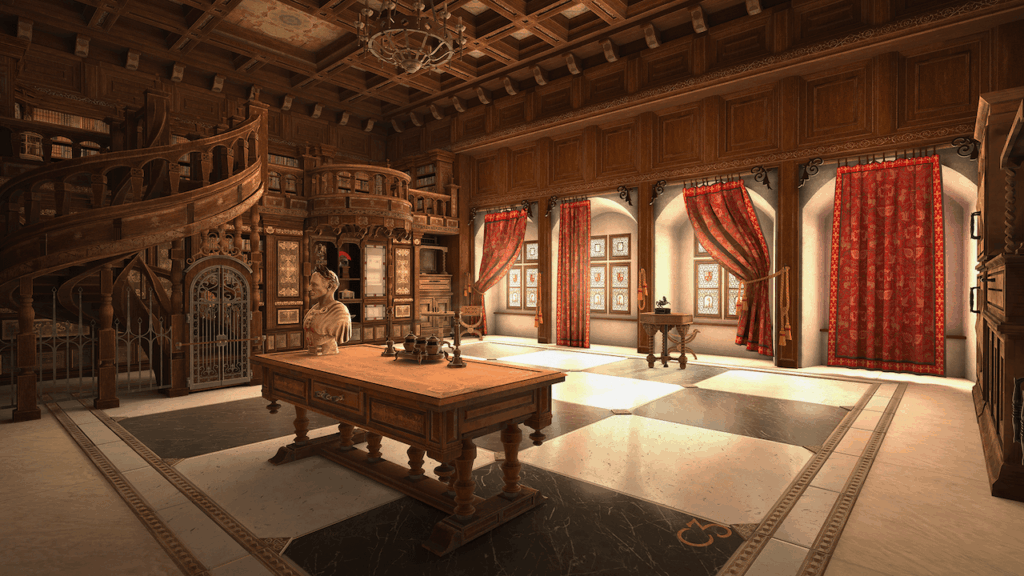
The levels varied in size and each player is bound to find themselves tripping over one puzzle or another. That said, there are trophies for speedrunning the game in under eight and under five hours. My first run-through was eight hours and fifty-five minutes and I did not manage to find all the collectables on my first try either, so it looks like I have at least two more runs ahead of me if I intend to go for the platinum trophy.
I’m not sure what I was expecting with The House of Da Vinci 3, but it delivered everything I wanted in a puzzle game and more. The way the story blends history and fantasy makes the elaborate puzzles feel tangible and adds to the atmosphere. I even felt the tension rising as it built towards the conclusion.
The House of Da Vinci 3 reminded me of playing Shivers (1995) and Another Code (2005) as a kid and in some places it felt like running around the Spencer Mansion without the threat of zombies. It’s made me want to play the previous House of Da Vinci entries and I’ll be looking forward to their upcoming House of Tesla.

Platforms: PlayStation 5, Nintendo Switch, Xbox One, PlayStation 4
Developer: Blue Brain Games
Publisher: Blue Brain Games

